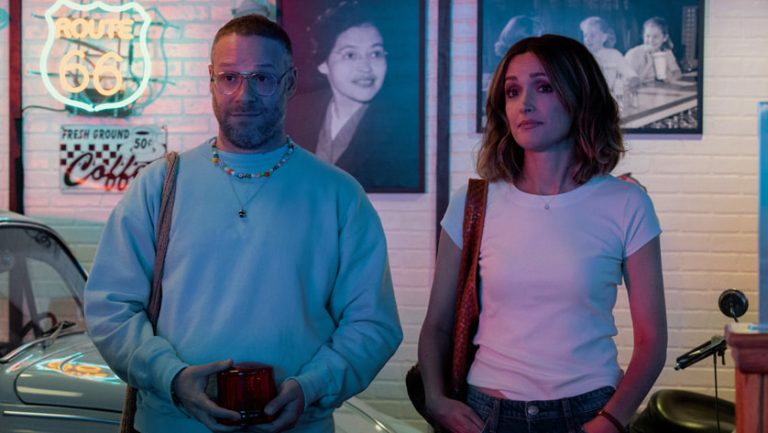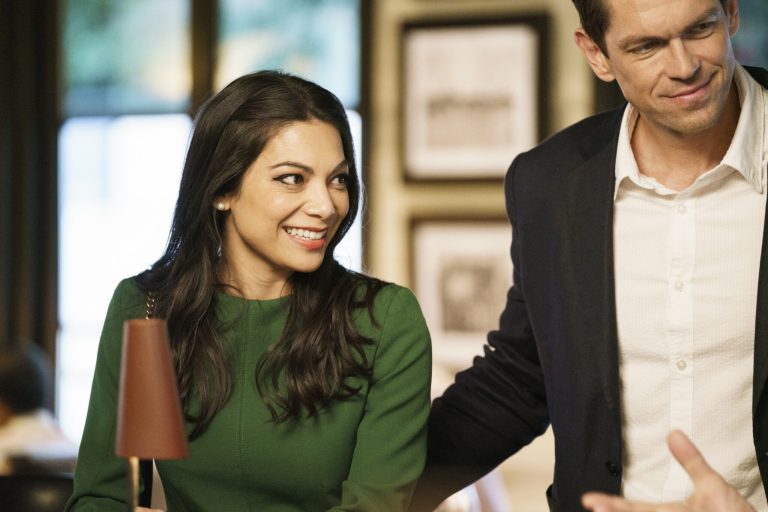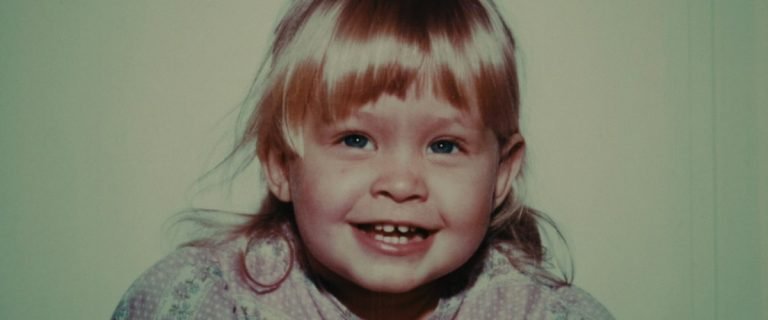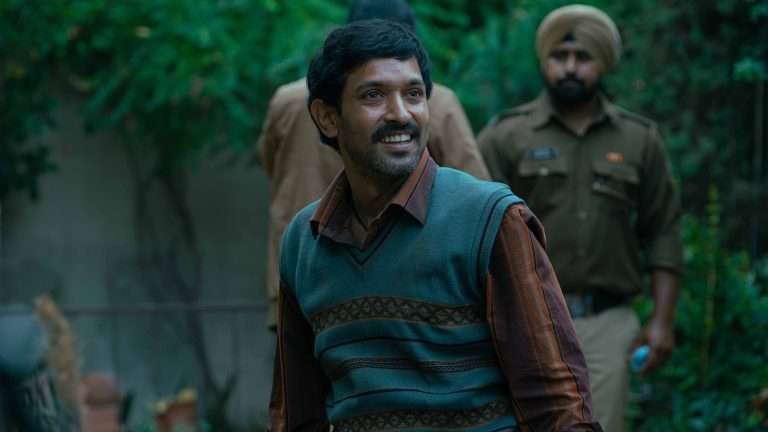Between his two Oscar wins for “One Flew Over the Cuckoo Nest” (1975) and “Amadeus” (1984), Milos Forman created this gem that has been criminally underlooked among period pieces of the 1980s. “Ragtime” (1981) is a grandiose scene piece of the historical period colloquially known as the Aughts (1900s) as technology, science, and possibilities were booming in a promising city like Manhattan.
To emphasize the exciting new possibilities of the era, E.L. Doctorow’s source novel intertwines icons of the era like Harry Houdini, Jacob Riis, Booker T. Washington, and Sigmund Freud with the main players. Many of those figures make cameos in the movie as well. “Ragtime” ties these historical icons and newsreel footage along with a trio that became a minor historical footnote in history when they caused a sensational scandal.
In this particular scandal, noted architect Stanford White was killed in sight of hundreds of witnesses by testy millionaire Henry Thaw (Robert Joy) over a presumed affair with his wife Evelyn Nesbit (Elizabeth McGovern in an Oscar-nominated performance). From there, the story intertwines with other fictitious characters. There’s an upper-class family (Mary Steenburgen, James Olsen) with a brother (Brad Dourif) who has an idealistic sense that might be more aligned with late 20th-century America than the time he lives in. Through the good graces of the curiously unnamed family matriarch (this is also an element of the source material), the family makes the noble decision to raise the bastard child of their chambermaid (Debbie Allen).
An Orthodox Jewish inventor chooses to take his daughter and leave the city when his wife cheats on him (Mandy Patinkin). Most importantly, a ragtime piano player, Coleman Walker (Henry Rollins Jr, also Oscar-nominated for this role), later shows up, claiming to be the baby’s daddy. He makes an immediate impression on the protagonist’s family as cheerful and someone who doesn’t like to be told no. In fact, Walker immediately disobeys the family patriarch by creeping in through the back when told to wait at the door. Being African American, he does seem to possess a certain boldness despite what must have been a climate where he was likely told no a lot.
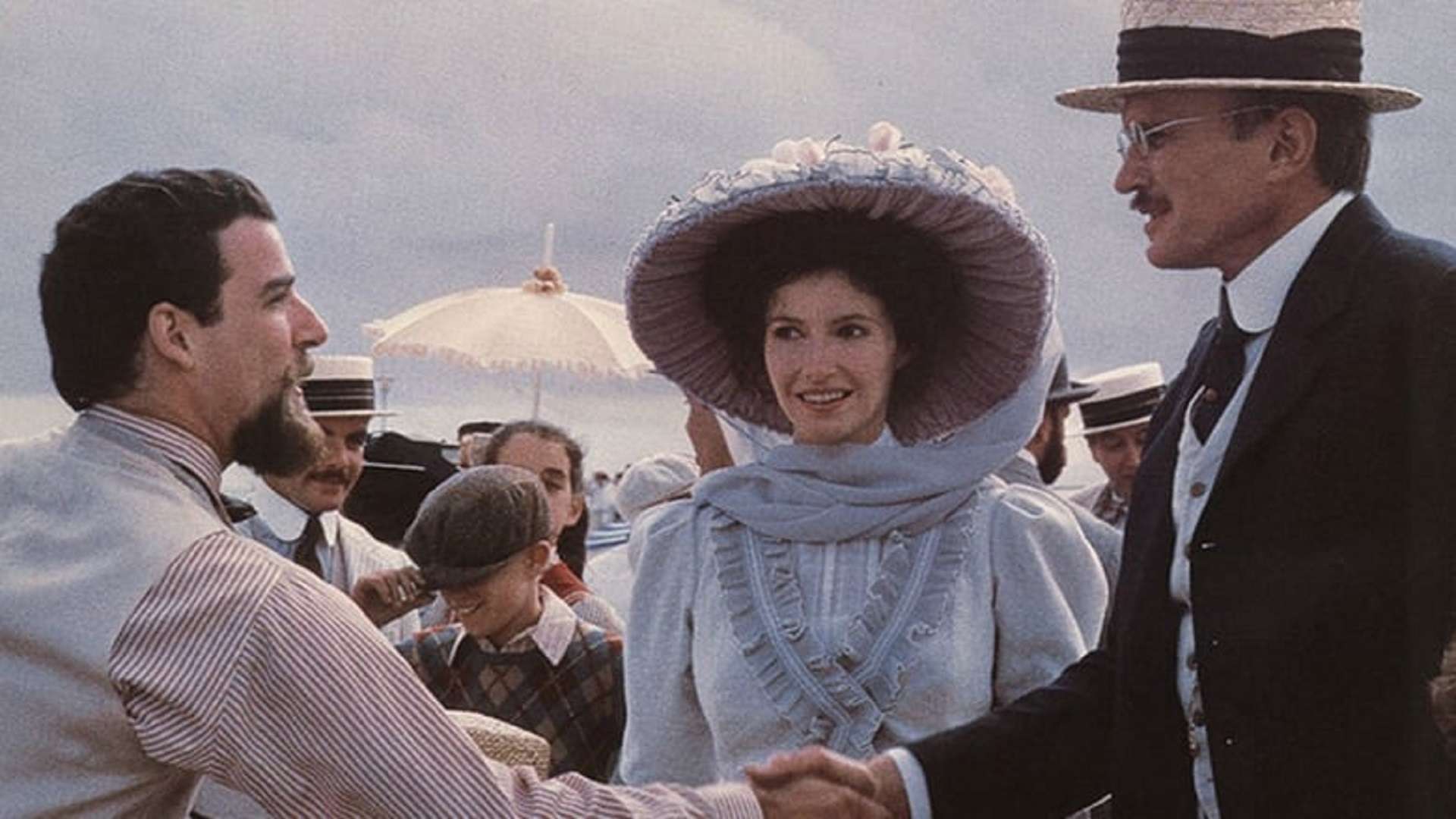
Forman’s “Ragtime” not only doesn’t ignore this but also brings this front and center in the film’s second half. Things coalesce when a racist fire chief (Kenneth McMillan) pushes Walker over the edge. A simplistic reading based on the actor’s approach shows him to be a stubborn man. However, the film plays it as the more holistic explanation at play: years of pent-up frustration coming to a boil. This tension might have been expanded with a longer running time. As is, it leaves a curious gap, but it’s not anything that significantly holds the film back.
The escalating drama makes up for an uneasy second act. Henry Rollins Jr. and James Olsen deserve much of the credit here, but the material is strong and has something poignant to say about race, trust, and society as a whole. Considering it came in the same decade as Spike Lee’s groundbreaking film “Do the Right Thing,” one wonders why this film didn’t get more attention in retrospect.
As an ensemble film, this is textbook excellence. The film gives each story room to organically breathe and grow as the focus shifts from one group of characters to another. The Nesbit-Thaw story is center stage but hardly a factor past the film’s first forty-five minutes, and nothing feels inorganic about the way it’s handled. Similarly, James Cagney is the top-billed star (director Milos Forman certainly felt like he was needed to sell the film and pulled him out of retirement to do so), but he doesn’t play a role in the movie until the third act. It’s a great ensemble piece that pulls into and out of focus, with a number of interesting characters that meander into and out of the main story and often create their own interesting tangents.
Coming off his Oscar win for “Cuckoo’s Nest” and the success of “Hair” (1979), Milos Forman had a lot of clouts to demand the works when it came to production costs. An entire street block of New York City was cordoned off for the duration of the shoot, and the interiors were filmed in London. And it paid off. In terms of production values, it’s clear that it’s the work of a man at the top of his game. “Ragtime” is as visually ornate as Forman’s masterwork “Amadeus” and has a potent story to match.


![Oslo, August 31st [2011] Review – A Deeply Sympathetic Character Study of a Former Drug Addict](https://79468c92.delivery.rocketcdn.me/wp-content/uploads/2020/11/oslo-august-31st-768x432.jpg)
